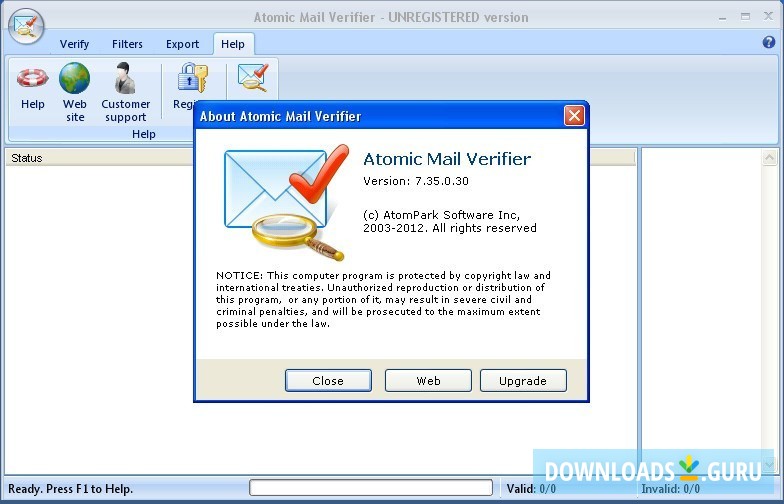

Usually the send pipeline is responsible for assembling the message into the appropriate format, signing and encrypting the message, and so on. When a message is destined for a send port it goes through a send pipeline. Each send port's subscription determines what messages will be routed to that port. Subscribers in BizTalk are either send ports or orchestrations.

Most suspended messages can be manually resumed for processing later. When a message is published to the MessageBox database, if there is not at least one subscriber for that message, it is immediately suspended. A more complex subscription might target messages of a given type with values promoted from inside the messages. Every single message received by BizTalk is automatically routed to subscribers whose subscriptions match, say, all messages received from a certain port. Once work in the pipeline is complete, the message is submitted to a SQL Server™ database called the MessageBox, which contains information about subscriptions, in-flight and suspended messages, message properties, tracking, queuing, and other important services provided by BizTalk.īizTalk is built on a publish/subscribe model. Usually the pipeline performs tasks such as decoding, decrypting, verifying messages, and generating the XML representation.įigure 1** Typical Message Flow in BizTalk **(Click the image for a larger view) The pipeline is simply a sequence of components that is executed for every message. When the adapter receives a new message, the message moves from the receive location to the receive port, then to a pipeline.

For example, a receive location may have a configuration set for a file adapter that indicates what type of files (file mask) to poll from what folder. Each receive location has a specific configuration for one adapter. While one port can have multiple receive locations, there is always one and only one port for each location. A message is received by one of the locations belonging to a receive port. If you want to further refresh your BizTalk knowledge, you may want to look at the useful introductions by Aaron Skonnard in the November and December 2005 issues.īizTalk Server is an integration server designed to work with messages. New features in BizTalk Server 2006, including the new POP3 adapter and the enhanced SMTP adapter and variable multipart message support will glue the solution together. It also includes some conditional logic that will send notifications based on the data in the claim. My solution uses BizTalk Server to monitor a specified e-mail account for new messages, trigger a confirmation when a new e-mail message is received, and then persist the entire contents of the e-mail, including all attachments, to a custom database. In this article I'll develop a solution that shows how. Depending on the kind of data received, different e-mail notifications may be needed.ĭealing with the variety of data formats and work processes is no easy task. Once the e-mail is received, an automated reply must be sent and the e-mail must be saved to a database or to a line-of-business (LOB) application. Often the data arrives in an e-mail message accompanied by other documents. Data arrives at your doorstep in all sorts of formats, typically initiating some sort of customer service, order fulfillment, or other business process. This article uses the following technologies: Extracting and processing data from e-mail.Integrate E-Mail Processing Into Your Business Solutions


 0 kommentar(er)
0 kommentar(er)
